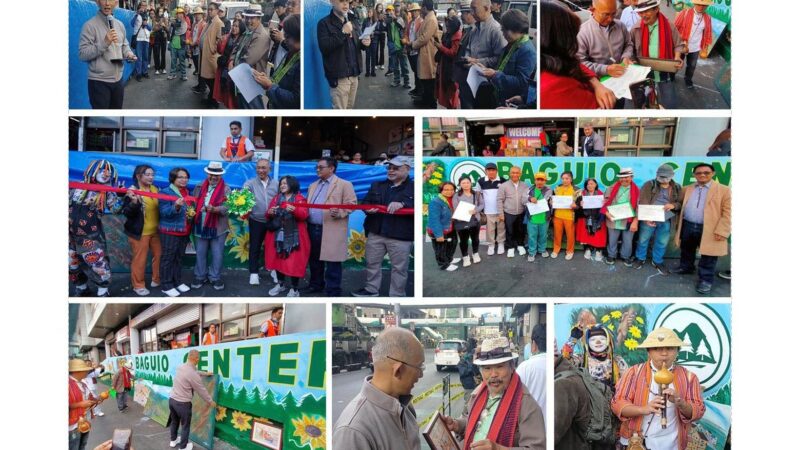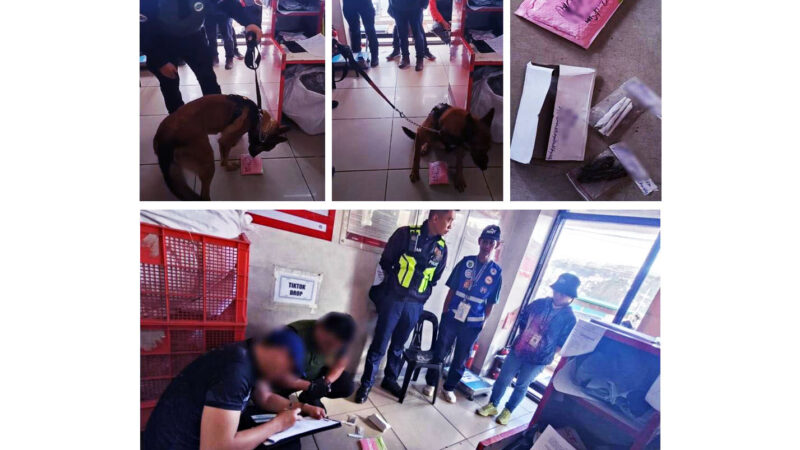City puts 36 areas in 20 barangays on lockdown to prevent Delta spread
A total of 36 areas located in 20 of the Summer Capital’s barangays are on lockdown as of September 27 as part of the city’s ongoing Coronavirus disease 2019 Delta variant contingency plan’s key result areas according to a City Disaster Risk Reduction and Management Office (CDRRMO) official.
In the virtual management committee meeting, September 28, of local officials led by Mayor Benjamin Magalong, CDRRMO head Antonette Anaban said the city will continue to impose granular lockdowns on puroks, streets, establishments, houses, or compounds that are found to have critical clusters of Covid-19 infections and low compliance to minimum public health standards.
She said the latest spate of lockdowns is less than the 58 areas in 41 barangays put into lockdown by the city last week.
The lockdowns will allow authorized and trained personnel to conduct contact tracing and disinfection activities and also prevent the possible spread of infection, Anaban said.
She said the city government will continue to stockpile and preposition food packs for locked down areas. Initial food packs amounting to six million pesos were procured using the quick response fund and from sources. However, with the continuous implementation of granular lockdown, a supplemental budget amounting to five million pesos is currently being work out.
All food donations that the city received through the City Social Welfare and Development Office were also added in the food packs. If needed, food packs may also be requested from the Department of Social Welfare and Development, she added.
The Mayor asked Anaban to identify the barangays where the locked down areas are located in her next update of the contingency plan.
“I don’t see anything wrong in naming the barangays where the locked down areas are located as long as the infected individuals are not identified,” he said.
The contingency plan’s key result areas are: Stricter border control; monitoring of compliance with MPHS; MPHS in establishments and workplaces; expanded age-based restrictions; limited mass gathering; conduct of classes, board review, registration, examinations within Baguio; promote use of telemedicine/telecommunication; management of the dead; implementation of rolling stores and market-to-home delivery; and vaccination program.
Expanded risk-based/targeted testing; aggressive contact tracing; isolation/quarantine policy and increase in bed capacities; community/granular lockdown; monitoring of critical care utilization; augmentation of health workers; inventory/procurement of critical equipment; stockpiling of critical supplies and medicines; real-time referral and coordination of cases; mental health and wellness programs, are the other key result areas. – Gaby B. Keith







